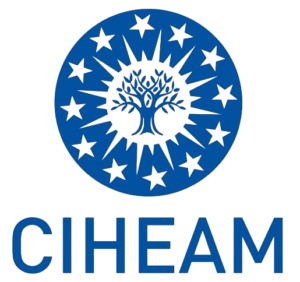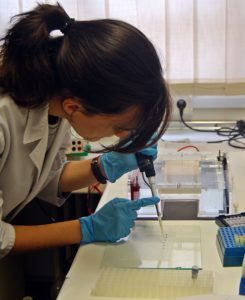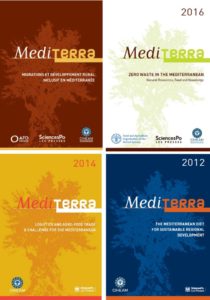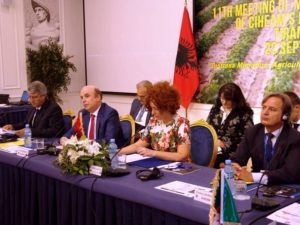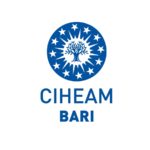The Geoinformation in Environmental Management department of the CIHEAM CHANIA contributed to the establishment of a geospatial database compiling soil and near-surface temperature data from all over the world.
The CIHEAM CHANIA contribution concerns continuous soil temperature data on hourly time interval from 16 data loggers which were established at four summits in the Lefka Ori (Crete) since 2001 as part of the GLORIA network (Global Observation Research Initiative in Alpine Environments www.gloria.ac.at.
A global, large scale call for temperature time series submissions to this newly created database has been published in the Global Change Biology, a peer-reviewed scientific journal, which covers research on the interface between biological systems and all aspects of environmental change (2019 impact factor: 9.02).
The CIHEAM/MAICh participated in this publication with two co-authors (Dany Ghosn and George Kazakis from the department of Geoinformation in Environmental Management).
Article - SoilTemp : A global database of near-surface temperature
Abstract
Current analyses and predictions of spatially‐explicit patterns and processes in ecology most often rely on climate data interpolated from standardized weather stations. This interpolated climate data represents long‐term average thermal conditions at coarse spatial resolutions only. Hence, many climate‐forcing factors that operate at fine spatiotemporal resolutions are overlooked.
This is particularly important in relation to effects of observation height (e.g. vegetation, snow and soil characteristics) and in habitats varying in their exposure to radiation, moisture and wind (e.g. topography, radiative forcing, or cold‐air pooling).
Since organisms living close to the ground relate more strongly to these microclimatic conditions than to free‐air temperatures, microclimatic ground and near‐surface data are needed to provide realistic forecasts of the fate of such organisms under anthropogenic climate change, as well as of the functioning of the ecosystems they live in.
To fill this critical gap, we highlight a call for temperature time series submissions to SoilTemp, a geospatial database initiative compiling soil and near‐surface temperature data from all over the world.
Currently this database contains time series from 7538 temperature sensors from 51 countries across all key biomes. The database will pave the way towards an improved global understanding of microclimate and bridge the gap between the available climate data and the climate at fine spatiotemporal resolutions relevant to most organisms and ecosystem processes.

Learn more : https://doi.org/10.1111/gcb.15123


